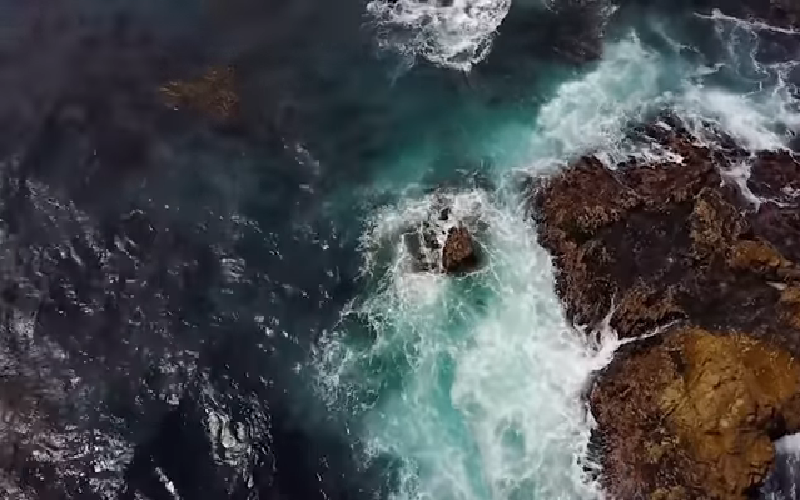Employees of the research and design bureau of digital signal processing of the Southern Federal University have developed the most important domestic system for monitoring the underwater situation, conducting search and rescue and hydrographic work.
At the same time, there is currently no serial production of such domestic developments necessary to solve various problems of the national economy and the country’s defense complex.
The most important area of research at the Research and Design Bureau of Digital Signal Processing of the Southern Federal University (NKB DSP SFU) is the development and creation of multi-beam echo sounders (MBE) and forward-looking sonars (VSGL) with digital spatio-temporal processing of hydroacoustic signals.
A multibeam echo sounder with digital signal processing (DSP), developed by the staff of the Scientific Bureau of the DSP SFU under the leadership of Director-Chief Designer Igor Markovich , is intended for underwater monitoring. It allows you to increase the efficiency of work and the likelihood of recognizing underwater objects at great depths and under various hydrographic conditions.
“MBE uses advanced DSP methods and algorithms. The computing part is implemented on a modern elemental base – digital processors and programmable logical integrated circuits, which make it possible to reprogram the computing environment to solve any problem,” noted Igor Markovich, director and chief designer of the Scientific Design Bureau of the Central Computing System of the Southern Federal University.
Another development, a forward-looking sonar or obstacle locator (OL) of a universal multi-channel towed complex is designed to display the underwater situation in real time in order to prevent collisions with underwater obstacles.
The locator has the necessary detection range, resolution and field of view to maneuver when detecting obstacles located ahead. To improve development in the future, scientists plan to introduce a mode for sensing chirp signals with a change in the sign of the frequency deviation. In this mode, the locator will allow you to calculate the correct range to the target, its speed and direction of movement.
“The significance of our project lies in the creation of domestic models of hydroacoustic systems and complexes designed for monitoring the underwater situation, searching, detecting and classifying objects of various origins located in the water column or on the bottom surface, conducting search and rescue operations for ships and underwater objects in distress, as well as for performing hydrographic and cartographic work. Of particular interest is the use of aviation carriers of complexes – amphibious aircraft, which ensure high efficiency of search and rescue operations. Several enterprises in our country are engaged in the development of inidual samples of MBEs (including the Scientific Design Bureau of the TsOS SFU), but today there are no mass-produced domestic MBEs,” said Igor Markovich.
In the NKB TsOS SFU together with PJSC TANTK im. G.M. Beriev” has been planning for about 14 years to conclude work on the creation of MBE for amphibious aircraft. The placement of MBEs on amphibious aircraft will make it possible to create a promising complex for the operational conduct of search and rescue operations, rescuing people on ships and underwater vehicles in distress, and performing other work for the national economy and the country’s defense complex.
“The import substitution program has existed in the country for several years. The need for in-house production of MBE and VSLP is obvious. However, this problem has not yet been solved. Currently, the relevance of domestic developments of MBE and VSGL, solving problems for civil and special purposes, has increased sharply,” shared Igor Markovich.
Potential customers of MBE and VSGL are JSC Yuzhmorgeologiya, JSC Concern Central Research Institute Elektropribor, JSC Aviaavtomatika im. V.V. Tarasov”, JSC “CDB MT “Rubin”, JSC “Concern “NPO “Aurora”, PJSC “TANTK im. G.M. Beriev” and other enterprises of the Russian Federation.
Employees of the Scientific Design Bureau of the Central Optical System of the Southern Federal University have already developed several experimental and pre-production samples of MBE and LP. LPs are installed and successfully operated on the Project 22010 oceanographic research vessel “Yantar”.
Further developments will be carried out within the framework of the SFU strategic project “Intelligent technologies for managing and processing information in advanced robotic complexes and hybrid systems” as part of the strategic academic leadership program “Priority 2030”.
